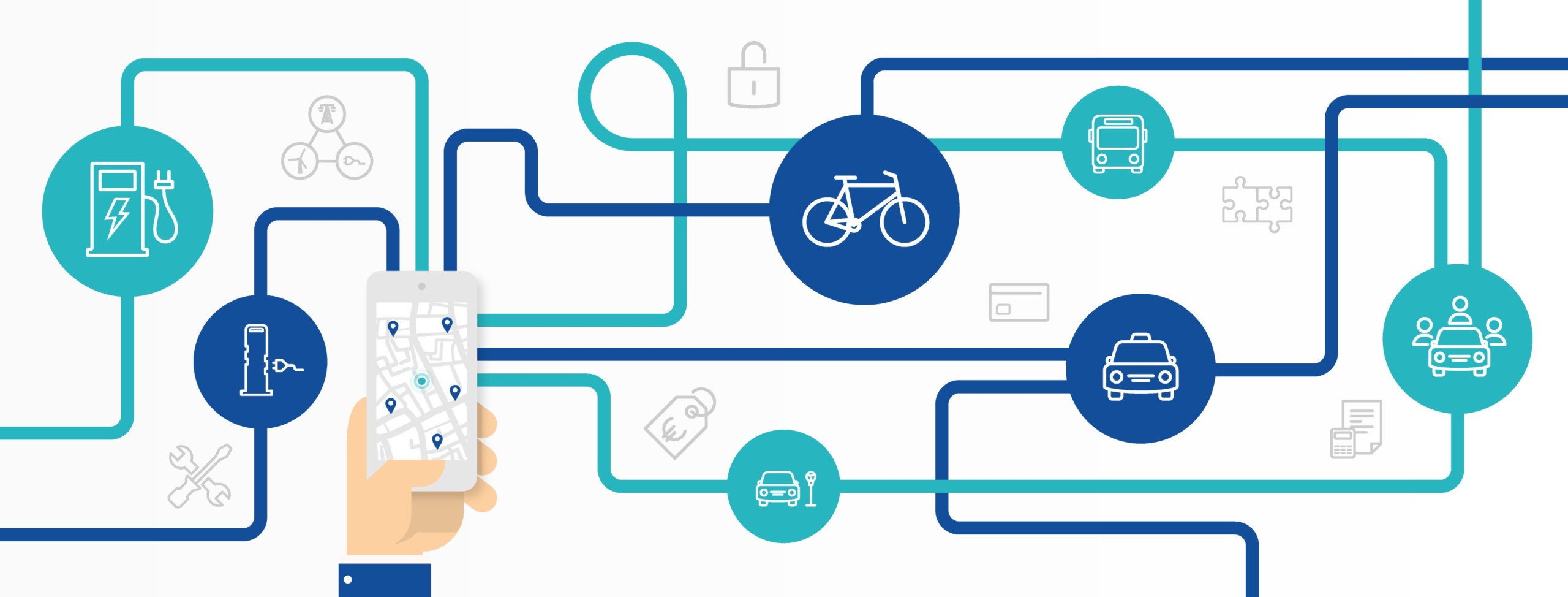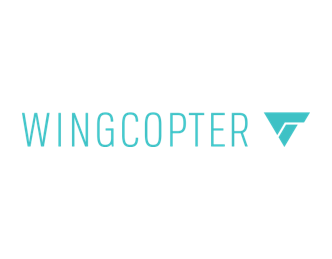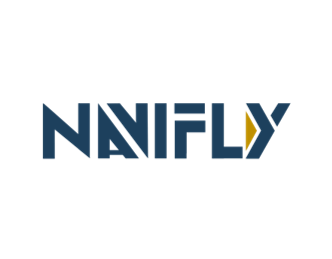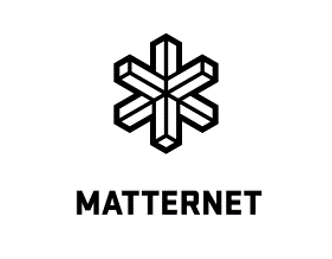
Is the Spotify of transport going to emerge?
The number of means of transport is increasing in large cities. In addition to traditional options such as private cars and public transport, new mobility operators are flourishing: shared bikes, electric scooters, carpooling, ride-hailing, free-floating electric cars, etc. As each operator provides its own application or platform, it has fragmented the reservation and ticketing platforms, paving the way for new multimodal platforms or aggregators that benefit all counterparts (users, mobility services providers, public transport companies, cities, etc.). This is how the expression “Mobility-as-a-Service” came about. According to MaaS Alliance, Mobility-as-as-a-Service puts users at the core of transport services, offering them tailor-made mobility solutions based on their individual needs.
MaaS platforms support commuters every step of their journey without them having to switch from one service provider to another. One of MaaS’s main strengths is that it offers several multimodal routes, optimized according to your preferences: the cheapest, the fastest, the fewest number of connections, the least crowded, etc. As the Mobility-as-a-Service sector is projected to reach $158 billion by 2024, it has aroused the interest of a wide range of mobility players (mobility operators, enablers, services companies, etc.). Large corporates are also investing in this market, as we saw recently with the acquisition of Moovit by Intel Corporation in May 2020 for around $900m. Moovit is known for its application that allows travelers to plan their trip by combining public transport, bikes and scooter services, carpooling and car sharing.
MaaS offers can be divided into 4 levels of integration:
- Route planning combining several modes of transport, personalized according to user preferences and real-time traffic
- Route planning + ticketing for multi-operator ticket distribution
- Route planning + ticketing + pricing consolidating the pricing systems of several operators into all-inclusive mobility packages and customer acquisition mechanisms
- Fully integrated: route planning + ticketing + pricing + incentives promoting green transport, off-peak travel and redistribution of city and employer subsidies
In this newsletter, we will focus on fully integrated solutions exclusively to examine whether it is a sustainable segment.
Among the startups reaching the 4th level of integration, Whim is the most advanced. It is an application that combines all existing transport services into a single subscription. There are 4 different categories of subscriptions, ranging from pay-as-you-go to an all-inclusive monthly subscription. Initially launched in Helsinki, Whim is now available in Birmingham, Antwerp, Vienna (not all options) and will soon be available in Greater Tokyo and Singapore. Zipster is almost its equivalent in Singapore, launched in 2020. Via Zipster users can plan their multimodal journeys, pay for public and private transport and get Grab vouchers.
Although these applications aim to become the Spotify of transport, are they feasible and sustainable? For Whim, becoming the Spotify of transport seems to be a myth for two major reasons:
- Firstly, its business model is hardly sustainable. As with streaming platforms (Spotify or Netflix), you can either pay-as-you-go or choose an unlimited subscription at €4.99/month, but unlike streaming platforms, the marginal costs for a journey are quite high (from €1 per 30-minute bike ride to €10 per 5km taxi ride). Moreover, all-inclusive pricing encourages users to choose modes of transport that are convenient but very costly to operate. In addition, the on-demand public transport coverage needs to be high to get users to sign up. However, it is a sustainable option when it covers fixed needs such as commuting trips or first- and last-mile connectivity.
- Another barrier to relevant MaaS offerings is the need for public transport data. Access to commuter data is essential for public and private players to understand how people travel, identify market gaps and adapt services and products accordingly. For instance, The New South Wales Government has made transport data publicly available to encourage innovation.
Although the market for fully integrated MaaS platforms is not yet mature, MaaS players can help cities achieve their goals, whether it is congestion, pollution, inclusion or resident well-being. In the same way, MaaS players need cities. Building a fully integrated MaaS offer requires continuous innovation, public-private partnerships, and support from the authorities (from integration into public infrastructures, to subsidies and incentives). In an ideal world, startups with the freedom to innovate and the flexibility to adapt can provide technological solutions to help transport authorities improve infrastructure and services.
In conclusion, optimal MaaS platforms do not yet exist and the Spotify for transport – i.e. MaaS by subscription – seems unlikely. Yet, it is a fast-growing market that involves an increasing number of players. The question of whether the driving force behind the initiative is private players or the state remains open.
2 Key Figures
106 MaaS startups
in the world registered by Crunchbase
Market size expected to reach $158bn by 2024
The global MaaS market size was valued at $24bn in 2019 and is expected to reach $158bn by 2024.
3 startups to draw inspiration from
This week, we identified three startups that we can draw inspiration from: Whim, Immense and Betterway.

Whim
Whim is an internationally awarded Finnish mobility application that allows you to book and pay for all your trips one trip at a time or with a convenient seasonal order. Whim has already made more than 16 million trips.

Immense
The Immense platform enables you to rapidly test the important strategic and operational decisions for global transportation in the digital world – taking away the risk of expensive assumptions and sunk costs.

Betterway
Betterway is the leading platform for enterprise mobility management. Like the transport refund, you can now set up the “Forfait mobilité durable”. It allows your employees to use their personal bicycles or to buy one, to use car-sharing or car-pooling solutions and even to use mobility with free access in the street.
123Fab #14
1 topic, 2 key figures, 3 startups to draw inspiration from

Will Covid-19 propel urban air mobility?
The 2020s are expected to be the decade of the Urban Air Mobility (UAM) revolution. Self-flying vehicles and drones hovering over cities have already been tested. A growing number of large transportation and aerospace companies – including Uber, Airbus and Hyundai – as well as venture-backed startups are racing to launch the first electric vertical take-off and landing aircraft (eVTOL). And there seems to be an emerging consensus that the electrification of aviation will be the next fundamental transportation disruption, including in urban areas. But will it actually disrupt urban mobility?
Air transport for passengers and goods will undeniably be part of the urban mobility landscape, especially in large urban areas and megacities where there is a need to reduce congestion, commute times and pollution. The first prototype flights for autonomous electric flying vehicles and drones are already underway, made possible by multiple breakthrough innovations:
- Electric propulsion is a major technology used to fly eVTOL with no aircraft noise and emissions during take-off and landing. Current aircraft prototypes are equipped with electric motors powering multiple rotor blades that generate lift.
- Most Urban Air Vehicles (UAV) are electric and battery-powered and improvements in battery and energy technologies, in particular lithium-ion batteries, have been crucial in the rise of electromobility, including air electromobility.
- Advances in hydrogen storage and fuel cells technologies, which are an alternative to battery technologies, are likely to make UAV more sustainable.
- AI technologies will facilitate traffic management systems, but mostly help make aircrafts autonomous.
- Finally, production techniques are quite similar to those of the electric automotive and aviation industries, with high quality standards and R&D to find the best technologies and materials. The materials used in the production of UAV have to be particularly lightweight and resistant, like carbon-fiber composites and superalloys.
However, these technologies are still under development. For instance, the use of electric batteries brings a new set of challenges, including uncertainty about the weight of the batteries and charging times and the imbalance of electric grids. Aircrafts’ electric rotors need a lot of energy to operate, which means that they have to be equipped with several high-energy batteries that are particularly heavy and need a couple of hours to charge.
A number of technological challenges remain, but also many regulatory and governance concerns regarding the use of flying vehicles in cities:
- Noise and turbulence in cities: rotating blades produce noise and wind nuisance during take-off and landing. Because of the noise generated, cities and populations can be against flying vehicles.
- Airspace management: the adoption of UAV will require airspace regulations to avoid accidents, infractions, drifts as well as visual pollution. Flying vehicles aim to be autonomous in the long term, but some aircrafts need pilots, which means that flying such a vehicle will require training and a flight licence.
- Safety is one of the biggest concerns for UAM. There are many aspects to consider, including the aircraft and weather conditions.
- Public acceptance is another challenge for UAM advocates: will people trust autonomous flying vehicles and are they willing to accept airspace congestion?
- Take-off and landing infrastructures are critical for success: it is not only about the vehicles themselves, but how they fit in a Smart City design.
- The business model for people transportation has to be demonstrated: should this type of mobility remain fully private or subsidized by the city? As the current prototypes can carry less than 10 people, can these small eVTOL shuttles be financially viable?
To conclude, there is still a lot of work to be done before the sky fills up with autonomous electric vehicles, especially in terms of autonomy and security. Most cases are currently focusing on autonomous delivery vehicles as a means of testing in a lower-risk environment, before launching a passenger flight. The market is still extremely young and production and exploitation costs are still very high. This type of transport will thus be intended for a social elite at first. The democratization of UAM is however not fully certain yet, as the other urban mobility means, including micro mobility, increasingly and smoothly integrate into the existing ground transportation networks. The price to be paid for each minute saved with urban mobility (still to be confirmed if there is a cumbersome take-off/landing process and if the infrastructure is insufficient) remains an unanswered question today.
2 Key Figures
110 Urban Air Mobility projects identified worldwide
almost half of which are in Europe
Market size expected to reach $15.2bn by 2030
According to Markets & Markets, the global urban air mobility market was valued at $5.3 billion in 2018 and is expected to reach $15.2 billion by 2030.
3 startups to draw inspiration from
This week, we identified three startups that we can draw inspiration from: Windcopter, NaviFly and H55.

Wingcopter
Wingcopter is a German startup creating eVTOL aircrafts dedicated to commercial and humanitarian applications.

NaviFly
Based in Ireland, NaviFly develops an air traffic control platform that organizes the drone airspace and enables their operations and logistics within urban areas.

H55
H55 is a swiss startup developing certified electric propulsion and battery solutions to make aviation clean, quiet, efficient and ultimately autonomous.
123Fab #11
1 topic, 2 key figures, 3 startups to draw inspiration from

How can battery innovation power the rise of electromobility?
The need to tackle global warming and improve air quality has led to an exponential increase in the use of Electric Vehicles (EV). Electromobility has been a crucial topic for governments and automotive manufacturers, and regulation incentives have contributed to accelerate the transition to EV. According to Forbes, there were 7.2 million electric cars on the road worldwide in 2019, up from 17,000 in 2010. The growing EV adoption implies an increase in EV production, which translates into an increase in battery production.
However, the growing number of EV and batteries being produced brings with it a new set of challenges: uncertainty about battery range and charging times, electric grid imbalance and a shortage of raw materials, especially lithium, which is the scarce material used in battery production.
Consequently, battery innovation is crucial to disrupt electromobility and battery startups and manufacturers are working to improve the performance, durability, optimisation and recycling of batteries.
- Lithium-ion technology dominates electromobility use cases, and will dominate for at least the next 20 years, but alternatives are being developed such as sodium-ion, lithium-sulfur or lithium-air. These alternatives allow to either replace lithium, generate higher capacity and longer lifetime or create safer batteries. Innovation is also underway in the structure of batteries, from cell structure to modules and packs, allowing to save space, optimize charging time and control the temperature.
- EV Li-ion batteries need to be cooled because excessive temperatures can cause capacity degradation, thermal runaway or fire explosion. Some startups and Original Equipment Manufacturers (OEM) are focusing on developing Thermal Management Systems (TMS) to cool them.
- Startups and corporates are also testing and offering software and analytical solutions that have a signficant impact on the battery lifecycle by improving its development, optimizing its operations and solving reinsurance issues.
- Finally, startups and OEM are exploring three emerging business models:
- Battery leasing, which is discontinued by OEM as battery prices fall;
- Battery swapping, which is mainly used by micromobility operators;
- Battery recycling, which allows old EV batteries to be reused for stationary storage.
In conclusion, battery innovation is evolving very rapidly, both in terms of technologies and business models and is making a major contribution to the rise of electromobility by making EV more efficient and resilient. The market is still young and needs more structure, as a large number of corporates and startups are positioning themselves on the battery value chain. In particular, OEMs have developed Open Innovation strategies through M&A or strategic investments to acquire upstream battery competences and technologies. It is hoped that the Covid-19 pandemic will accelerate research and investment in this sector to ensure a rapid and effective transition to electric vehicles.
2 Key Figures
Battery storage startups raised $1.7bn in 2019
According to Business Insider, battery storage startups raised $1.7bn in 2019 of which $1.4bn were raised by Li-ion battery startups.
Market size expected to reach $84bn by 2025
According to PR Newswire, the global Electric Vehicle battery market size was valued at $23bn in 2017 and is expected to reach $84bn by 2025.
3 startups to draw inspiration from
This week, we identified three startups that we can draw inspiration from: Tiamat, Feasible and Relectrify.

Tiamat
Tiamat is a French startup that designs, develops, and manufactures sodium-ion batteries for mobility and stationary storage.

Feasible
Based in the US, Feasible develops the EchoStat Platform, which delivers unique real-time insights on the battery, by using ultrasounds to detect physical properties of batteries.

Relectrify
Relectrify is an Australia-based startup making energy storage affordable by unlocking full performance from battery cells in order to increase battery cycle life.
123Fab #3
1 topic, 2 key figures, 3 startups to draw inspiration from

Urban logistics has become an issue of significant importance over the last decade, driven by the on-demand economy, urban population growth and the growing share of e-commerce.
Companies, especially those specialising in last mile delivery, have recently come under fire. While finding the right balance between maintaining optimal service during the Covid-19 crisis and protecting their workers and contractors is far from easy, people were quick to denounce practices deemed unfair and dangerous (Amazon not offering paid sick leave, Instacart not providing protective and cleaning suppliers…)
The last mile delivery market is undergoing a major shift, with innovative solutions transforming the way goods and parcels are delivered. Whether it involves drones or ground-based robots, autonomous delivery raises a series of questions that go beyond technology and price: how ready are cities to accept autonomous robots? What does this imply in terms of infrastructure? How can we ensure the safe movement of goods and people, and who is responsible? What would be the effect on employment?
2 Key Figures
35 autonomous last mile delivery startups
listed worldwide (founded after 2005)
Out of 137 last mile delivery startups, 26 of the 35 autonomous last mile ones are specialized in drones (Unmanned Aerial Vehicles).
Market size expected to reach $75.6bn by 2030
According to Allied Market Research, the autonomous last mile delivery market is poised to grow up to a $75.6bn business by 2030.
3 startups to draw inspiration from
This week, we identified three startups that we can draw inspiration from: Matternet, Starship, Flytrex.

Matternet
This US company sells an integrated solution (drone, software and docking platform) to deliver packages up to 2kg within a 20km radius. The company is authorized to fly over Swiss cities and focuses on health deliveries.

Starship
Designs autonomous robots able to navigate by themselves in city centers and deliver packages within a 6km radius. The company has raised $80 M.

Flytrex
This israeli company is specialized in autonomous drones for Food and small retail deliveries. The company also operates in Iceland and in a private estate in North Dakota.
